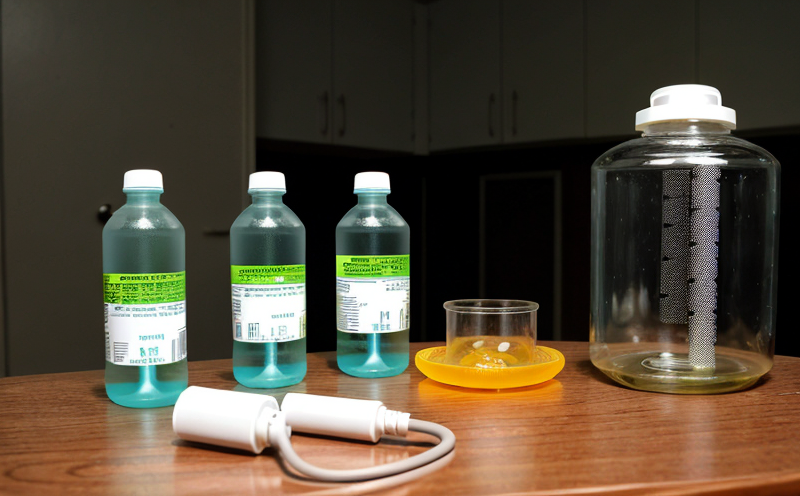EPA 925 Plutonium 238 Determination Test in Water
The EPA 925 method is a critical analytical procedure used for the determination of plutonium-238 (Pu-238) in water. This test is essential for environmental monitoring, compliance with regulatory standards, and ensuring public safety, particularly in areas where nuclear materials are present or have been historically used.
The method's primary application involves detecting trace levels of Pu-238, which can be harmful if not properly managed. This is especially relevant for sites such as nuclear facilities, reprocessing plants, and decommissioned military installations. The test is designed to identify and quantify Pu-238 in water samples with high precision, ensuring that concentrations are below regulatory thresholds.
The EPA 925 method follows a multi-step process involving sample collection, digestion, separation, and final analysis by alpha spectrometry. Sample preparation involves thorough digestion using nitric acid to ensure complete dissolution of any Pu-238 present in the water matrix. The digested solution is then purified through multiple steps to remove interferences from other radionuclides and elements.
The method's accuracy and reliability are paramount, especially given its role in environmental safety and regulatory compliance. The test uses high-purity materials and strict quality control measures to minimize errors and ensure consistent results across all samples processed.
The EPA 925 method is part of a broader suite of analytical techniques used in the nuclear and water sectors. It is particularly useful for detecting Pu-238, which has unique alpha-emitting properties that make it suitable for certain applications but also necessitate careful handling due to its potential health risks.
Compliance with EPA 925 not only ensures environmental protection but also supports the safety of workers and nearby communities. This is especially critical in regions where nuclear activities have taken place, as Pu-238 can accumulate in soil, water, and biological organisms over time. Regular monitoring helps mitigate these risks by providing early warnings of any potential contamination issues.
The test's precision and reliability are further enhanced by its use of advanced analytical instruments such as alpha spectrometers and mass spectrometry systems. These tools provide high-resolution data that can detect even trace levels of Pu-238, ensuring accurate quantification and identification in complex water samples.
Scope and Methodology
| Step | Description |
|---|---|
| Sample Collection | Collect water samples from specified locations, ensuring they are representative of the area being monitored. |
| Digestion | Dissolve the collected samples in nitric acid to ensure complete breakdown of Pu-238. |
| Purification | Remove interferences using multiple purification steps, including solvent extraction and precipitation. |
| Spectrometric Analysis | Analyze the purified solution via alpha spectrometry to determine Pu-238 concentration. |
Industry Applications
- Environmental monitoring of nuclear sites and decommissioned facilities.
- Regulatory compliance for water and wastewater treatment plants.
- Health and safety assessments in areas with historical nuclear activities.
- Water quality assurance programs to detect contamination from Pu-238.
Why Choose This Test
The EPA 925 method is an essential tool for ensuring the safety and compliance of water and wastewater systems. It provides accurate, reliable data on Pu-238 concentrations, which are critical for regulatory adherence and public health protection.
The test's precision and sensitivity allow for early detection of contamination, enabling timely interventions to prevent further spread of Pu-238. This proactive approach is vital in maintaining the integrity of water sources and protecting human health.
By adhering to EPA 925 standards, facilities can demonstrate their commitment to environmental stewardship and regulatory compliance. The method's robustness ensures consistent results across different samples, providing a reliable basis for decision-making.
The use of advanced instrumentation and strict quality control measures further enhances the test's reliability. This consistency is crucial in ensuring that water treatment processes are effective and that any potential risks are identified promptly.





